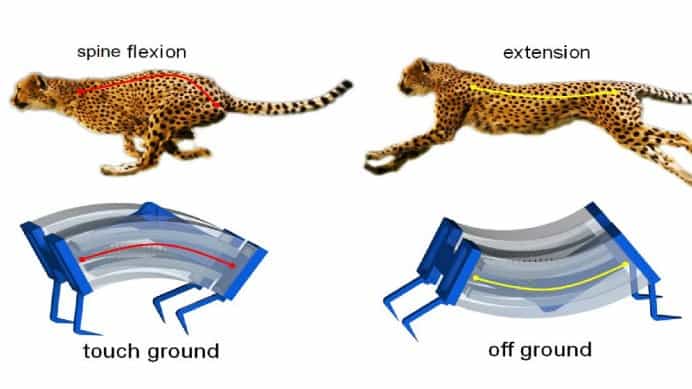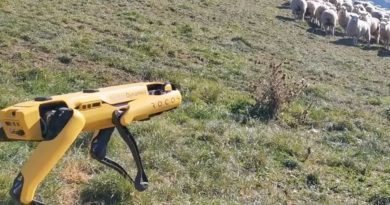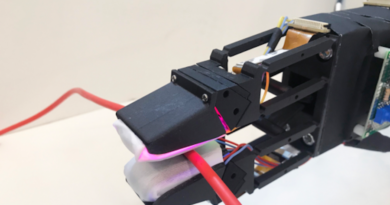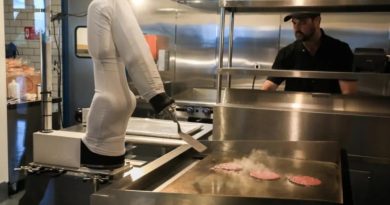Novel Soft Robots With Flexible Spines Can Run as Fast as Cheetahs
Researchers at North Carolina State University have developed a novel soft robot inspired by cheetahs that can move with impressive speed on solid surfaces or in the water and can also grab objects delicately or with enough power to lift heavier objects.
“Cheetahs are the fastest creatures on land, and they derive their speed and power from the flexing of their spines,” said Jie Yin, an assistant professor of mechanical and aerospace engineering at North Carolina State University and corresponding author of a paper on the new soft robots.
“We were inspired by the cheetah to create a type of soft robot that has a spring-powered, ‘bistable’ spine, meaning that the robot has two stable states,” Yin said. “We can switch between these stable states rapidly by pumping air into channels that line the soft, silicone robot. Switching between the two states releases a significant amount of energy, allowing the robot to quickly exert force against the ground. This enables the robot to gallop across the surface, meaning that its feet leave the ground.
“Previous soft robots were crawlers, remaining in contact with the ground at all times. This limits their speed.”
Up until now, the fastest of soft robots could only move at speeds of up to 0.8 body lengths per second on solid surfaces. Yin’s new robots, called “Leveraging Elastic instabilities for Amplified Performance” (LEAP), can reach speeds of up to 2.7 body lengths per second and can also run up steep inclines.
And they are not just faster on land. Attach a fin to them and they are the fastest soft robots in water, achieving speeds of 0.78 body lengths per second compared to 0.7 body lengths per second for their predecessors.
“Potential applications include search and rescue technologies, where speed is essential, and industrial manufacturing robotics,” Yin said. “For example, imagine production line robotics that are faster, but still capable of handling fragile objects.”




